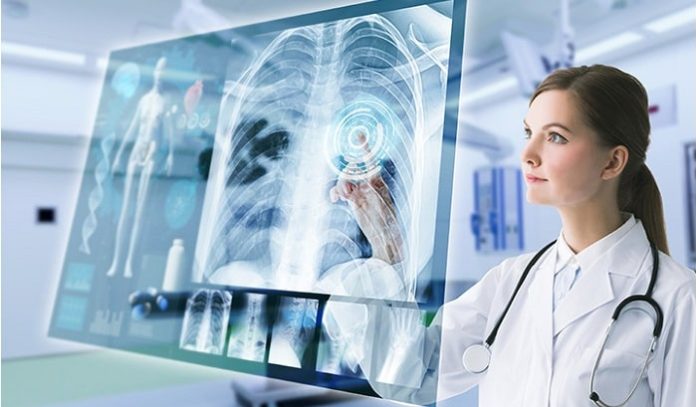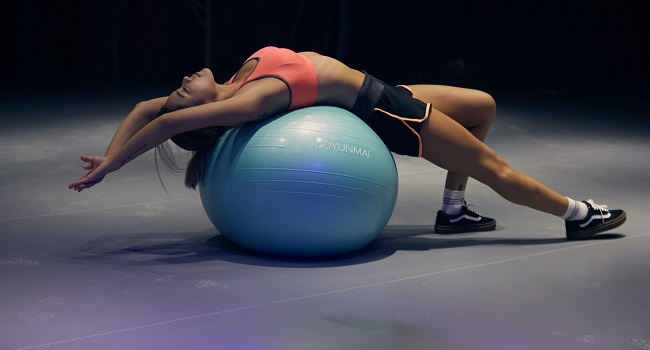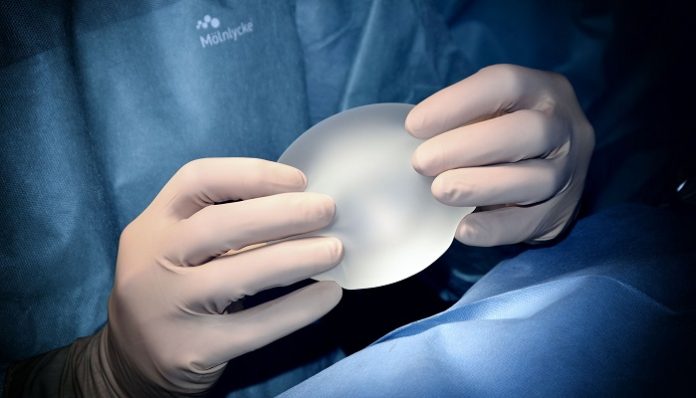Navigating the expansive world of medicine is both an exciting journey and a challenging endeavor. As a dedicated physician, you are already familiar with the constant learning and adaptation required in the medical field. Whether you’re aiming for a higher clinical, academic, or administrative position, there’s a roadmap to guide you. Here’s a detailed breakdown of the steps to propel your career forward.
1. Self-Assessment
Begin with a thorough introspection. What are your professional desires? Where do you envision yourself in a decade? Is your heart set on specializing, leading a department, or immersing yourself in cutting-edge research? The answers will guide your subsequent steps, ensuring they align with your ultimate goals.
2. Continuous Learning
Medicine is an ever-evolving field. Seek further education tailored to your goals, such as specialized fellowships or complementary advanced degrees like an MPH or MBA. Concurrently, conferences and workshops can offer both the latest knowledge in your field and insights into emerging areas. Finally, pursuing relevant certifications can be pivotal, demonstrating your commitment and expertise in specialized areas of medicine.
For those dedicated to specializing in surgery, consistently improving one’s knowledge through a rigorous preparation regimen is necessary. A comprehensive MRCS Part A question bank can be a key tool in achieving certification success, offering vast amounts of questions, personalized learning algorithms, and simulating the real exam setting to take your study routine to the next level.
3. Networking
Your network can often be as vital as your skills. Engage actively in professional associations, ensuring you remain updated on industry shifts and opportunities. Conferences, while educational, are invaluable networking arenas. Alumni networks are often underutilized treasures, offering connections that can open doors. Enhancing your online presence, especially on platforms like LinkedIn, ensures you’re visible to global opportunities and collaborations.
Furthermore, regularly taking the time to search doctor jobs on dedicated medical job platforms can provide insights into emerging roles and desired qualifications in the rapidly evolving medical landscape.
4. Research And Publications
Delve into research areas that pique your interest. Collaborative efforts can be a great starting point, allowing shared expertise. Once your findings are consolidated, present them at respected conferences and in reputable journals. As you advance, consider tapping into research grants which can provide the resources to further your investigative pursuits.
5. Mentorship
In the medical profession, the value of mentorship cannot be overstated. Identify professionals who inspire you and approach them for guidance. Their experience can provide insights and shortcuts, and prevent potential pitfalls in your journey. Simultaneously, consider offering mentorship to budding doctors. This mutual relationship often brings unexpected insights and personal growth.
6. Soft Skills
While clinical skills are paramount, soft skills often determine how far you’ll go. Developing leadership qualities can be your gateway into roles of greater responsibility. Your ability to communicate effectively impacts patient care, team dynamics, and inter-departmental collaborations. Time management and efficiency, though often overlooked, can dramatically elevate your professional life.

7. Diversify Experience
Broadening your horizons can make you a more rounded physician. Consider rotations in other departments or medical settings to gain a fresh perspective. As telemedicine emerges as a dominant force, embracing it will ensure you’re prepared for the future. If global health intrigues you, short-term assignments in different countries can be both enriching and enlightening.
8. Leadership And Administration
As you grow in your career, leadership roles may beckon. Participation in hospital committees not only allows you to shape policies but showcases your commitment. Positions like Medical Director roles can be a natural progression, and if the intricate dance of healthcare management beckons, equipping yourself with an MBA or MHM can be a game-changer.
9. Teaching And Academia
If imparting knowledge is your passion, academia awaits. Starting with adjunct roles, such as guest lecturing, can pave the way. With the right qualifications and a notable body of work, full-time academic positions can become a reality, allowing you to shape the next generation of doctors.
10. Work-Life Balance
In the demanding world of medicine, it’s essential to recharge. Ensuring a balanced life is not just about personal well-being—it directly impacts your professional prowess. Finding moments of respite and rejuvenation will ensure you approach challenges with clarity and enthusiasm.
11. Stay Updated With Technology
The tech revolution in medicine is in full swing. Familiarizing yourself with the latest medical technologies, electronic health record systems, and telemedicine platforms will ensure you’re not left behind.
12. Consider Entrepreneurship
The entrepreneurial spirit can find its place even in medicine. Whether it’s a state-of-the-art clinic or a groundbreaking health tech startup, there are myriad ways to merge medical expertise with business acumen.
13. Advocacy And Policy
Your voice matters. Engaging in medical advocacy or collaborating with policymakers can shape the future of healthcare, ensuring it aligns with the needs and challenges of the modern physician.
Final Thoughts
Advancing in the medical profession requires a blend of dedication, continuous learning, and strategic planning. This roadmap is a comprehensive guide, but remember, the journey is personal. Tailor it to your aspirations and strengths, and there’s no pinnacle you can’t reach.





























